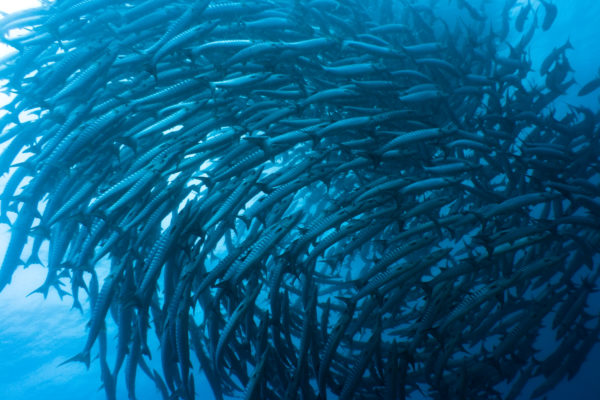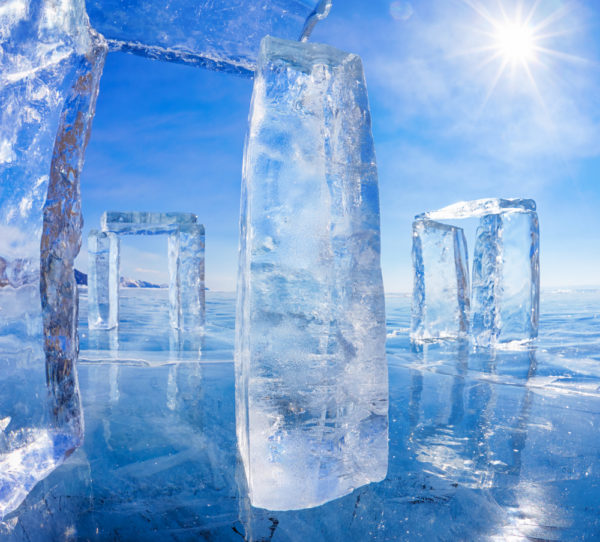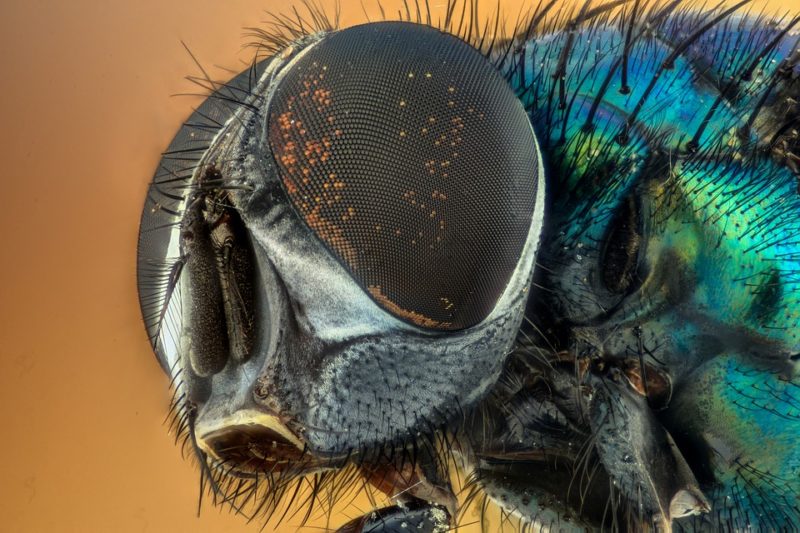SPACE: MOXIE Will Soon Make Oxygen – On Mars
Having safely landed on Mars on Feb. 18, NASA’s newest rover, Perseverance, is just beginning its scientific exploration of the Red Planet. But sometime in the next few weeks, the car-size robot will also help pave the way for future humans to travel to our neighboring world with a small instrument known as the Mars Oxygen In-Situ Resource Utilization Experiment (MOXIE). MOXIE, which will soon be pulling precious oxygen out of Mars’ poisonous atmosphere, is gold-colored and about the size of a bread box. It sits tucked away inside Perseverance’s chassis, where it will conduct the first demonstration on another … Read more












